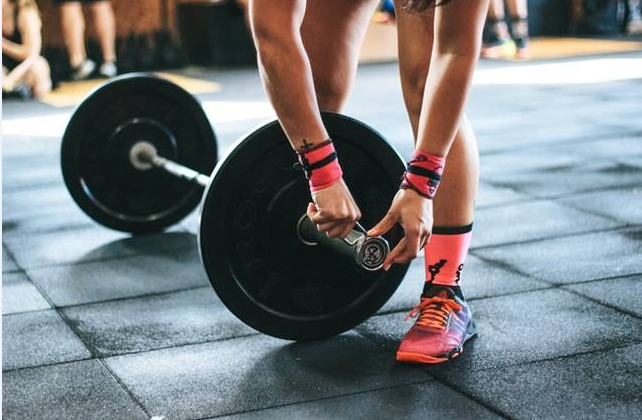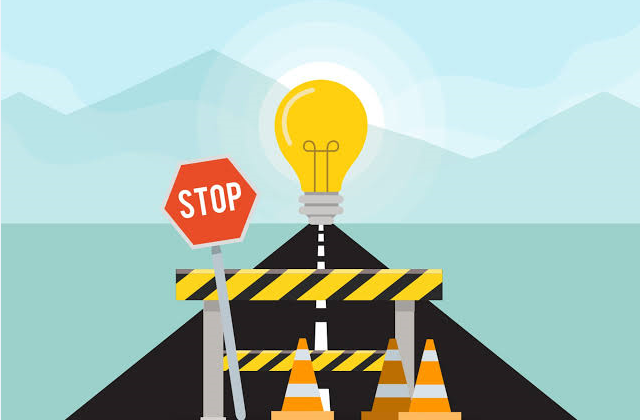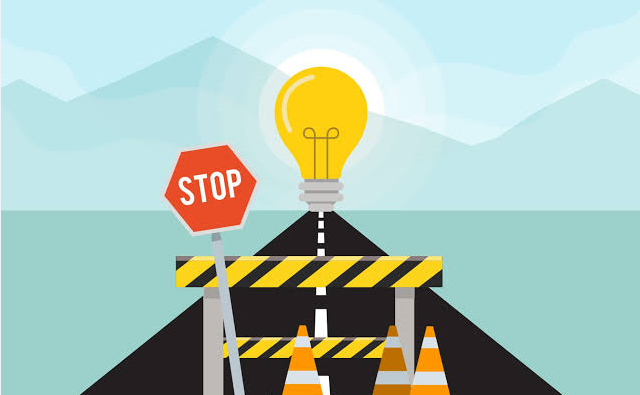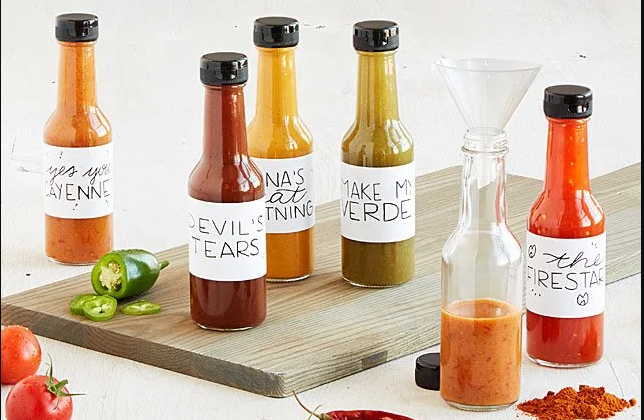
You are looking for ways to clean your water container but don’t know where to rely on- Here in this article, we will decide how to clean your water container. So let’s begin!
Sanitizing water storage containers is one of the most critical steps in ensuring that your water will be safe to drink. A lot of people think that just because they are clean, they are sanitized. This is not true! There are many ways to disinfect your bottles and jugs so you can store fresh drinking water for later use.

Most Common Ways To Sanitize Water Storage Containers
We will answer your question of How to clean water storage containers with commonly used sanitizing methods.
1) Boil them
Bring a pot of water to a rolling boil on high heat, then pour it over the containers with some extra boiling time added for good measure (5 minutes).
2) Bleach them
Fill up five gallons worth of bleach into a bucket or large container and submerge all containers inside until they are fully submerged. Allow them to soak for at least one hour, then rinse the bleach off with boiling water and let air dry before storing your clean containers.
Soaking In Chlorine
This is another answer to your question of How to clean water storage containers to disinfect your storage bottles by soaking in a mild chlorine solution overnight or using an iodine-based purifier. These tablets work well inside of smaller collapsible containers where boiling may not be possible.
Because it requires less water than most other methods while still killing all bacteria, viruses, giardia cysts, and more! Just drop two tablets into about 20 ounces’ worth of water. Shake up the container so that they get evenly distributed throughout before drinking safely after waiting four minutes without stirring or shaking.
How to Clean Water Storage Containers Without Any Chemical Cleaners
There are a few different ways to clean water storage containers without any chemical cleaners. First, you can put the container in a solution of water and vinegar (about one-part vinegar for every ten parts of water) and let it sit overnight before rinsing thoroughly with fresh water;this will kill off most bacteria and remove hard-water scale or buildup from minerals like calcium carbonate that may be present inside after long periods of use. If your container is still looking dingy even after using the above method, there’s another very effective way to clean them
- just place some coarse salt into an old sock or piece of cloth along with either crushed/powdered charcoal briquettes or used coffee grounds
- tie it all up together into a little bundle, and shake it around inside your water container until the salt has absorbed all the impurities – which will take a while.
- Once you’ve shaken this mixture around for several minutes (which can also be done with an old hand mixer or drill mounted wire whisk)
- rinse out your container thoroughly with cold fresh water to remove any trace of remaining powder/salt. Just let air dry before filling up again.

Modern Methods To sensitize Water Storage Containers?
There are many modern methods to sensitize water storage containers. For example, infrared technology and ultraviolet light treatment with germicidal lamps are standard methods used in the industry today.
Coming back to infrared technology, to sensitize the water, the main principle is to get a balance between two wavelengths- microwaves and infrared. It has been observed that when these two waves are balanced correctly, they produce an effective disinfection process called the “Hyperthermic Effect.”
Ultraviolet Light Treatment
The ultraviolet light treatment is another method used in sensitizing storage containers for clean drinking water. The UV rays break down harmful bacteria and viruses, causing disease in our bodies into smaller particles that cannot reproduce, thus destroying them forever. Ultraviolet lamps also kill algae, fungi, and other biological contaminants present inside your container(s).
How I Dry My Empty Food Grade Plastic Buckets Properly After Washing With Dishwashing Liquid Or Soap?
We do not recommend using your dishwasher to clean your water containers as heat will build up in there and may melt some types of plastic lids if you put them into the washer, causing leakage when water gets hot enough around them during cycle(s).
Stovetop drying is done by gently heating the air surrounding the containers until they are scorched inside out after washing with soap & warm water. Any tiny invisible droplets left behind could grow harmful bacteria which would defeat the purpose of boiling water to make it safe for drinking.
How To Sanitize Water Storage Containers More Effectively?
To sanitize water storage containers more effectively, allow to soak for a few hours or overnight in a solution of chlorine bleach diluted with cold fresh tap water (one part household liquid bleach containing about five percent sodium hypochlorite and ten parts clean tap water), rinse out your container thoroughly with cold fresh water to remove any trace of remaining powder/salt. Just let air dry before filling up again.
After you’ve given these methods a good try, if your container is still cloudy or has any white film on it, then the plastic itself may have gone wrong and must be replaced. Sometimes this happens after long-term use over many months/years too.
But at least with bleach, there’s no harm in trying since it won’t damage anything but can help clean out any harmful microorganisms present inside where water might become contaminated later.
This method works equally well for both glass water storage containers and hard polyethylene ones. However, all plastics aren’t made alike, so some kinds could potentially melt from residual chlorine levels left behind by using household liquid bleach directly on them without diluting it first.
Conclusion
If you need to Sanitize water storage containers, then keep it simple and use ordinary household bleach as the cleaning solution, but always rinse off any residues afterward before filling up with safe drinking water once again, or else there could be a very unwanted health risk that might end up appearing later on down the road especially for young children who drink large amounts of water every day as they do.
When purchasing new plastic or glass containers, look for ones made from’ food-grade materials instead so there won’t be any chemical leaching concerns either, and these will typically say so right on their packaging label too, which should help give more confidence knowing what’s being used is safer over time than just regular plastic bottles.













